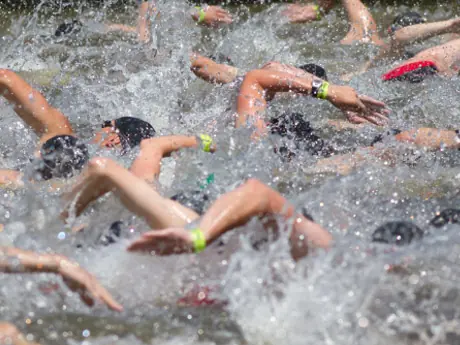
If you were at Ironman Coeur d'Alene or Ironman Lake Placid in 2013, you may have caught a glimpse at what could be the future of Ironman race starts.
At both of those events, a rolling swim start was implemented. That means athletes were asked to seed themselves according to their projected swim time, and athletes lined up in time to hit the water starting at 6:30 a.m. Due to swimmers starting at staggered times, starts were less hectic than they are at mass starts.
This method, announced in May 2013 as part of the SwimStart Initiative, replaced the mass swim start Ironman athletes are used to, where the cannon is fired and thousands of athletes start the 2.4-mile swim at the same time.
The rolling start at Coeur d'Alene and Lake Placid were meant to be merely a test run and nothing permanent, but the writing is on the wall that this is the direction Ironman could be heading. After the starts went smoothly at those two races, the inaugural Ironman Lake Tahoe in September switched to a rolling start about six weeks before the event.
"The rolling starts at the Coeur D'Alene and Lake Placid Ironman events have both received tremendous feedback," says Tim Johnson of Ironman. "I saw this new format for myself in Lake Placid and it was so nice to see athletes getting into the water with people of their own ability and start swimming smoothly. I can honestly say I have never seen as many people swimming in the same direction with significantly reduced contact. I believe we have really helped calm people's anxiety levels at these events, which has resulted in a safer swim and made for a more pleasurable experience."
Ironman traditionalists don't like to see the 140.6-mile test made any easier. And the rolling start does throw a wrench in a few Ironman traditions. But many athletes see the changes as necessary for athlete safety, especially as Ironman events grow in popularity and size.
Here are a few frequently asked questions about the initiative:
More: 5 Advanced Tips for a Faster Swim
Why Did Ironman Do This?
The idea was to make the swim leg less intimidating, since a 2.4-mile swim is usually the leg that scares triathletes off. The early numbers back it up—in 2012, the Coeur d'Alene and Lake Placid events had a combined 84 swimmers fail to finish the swim or miss the 2:20 cutoff time. That number shrunk to 17 in 2013 with the rolling start.
By eliminating the mass start, triathletes now swim alongside participants closer to their ability level—and fewer of them.
The rolling start wasn't the only change made. Coeur d'Alene and Lake Placid also had anchored resting rafts for a swimmer to stop and take a breather if needed. The amount of personnel and rescue boats along the course was boosted as well.
How Do Athletes Self-Seed?
Volunteers at the swim start have signs arranged by projected finish times. At Ironman Lake Placid, there were seven different "corrals" for swimmers to choose from:
- Under 60 minutes
- 1:01 to 1:10
- 1:11 to 1:20
- 1:21 to 1:30
- 1:31 to 1:45
- 1:46 to 2:00
- 2:01 to 2:20
- 1
- of
- 2
About the Author

Get ACTIVE on the Go
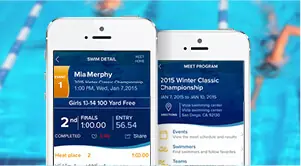

Meet Mobile
Swim smarter: heats, lane assignments and real-time results in the palm of your hand.
Available for iOS | Android


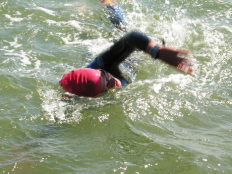
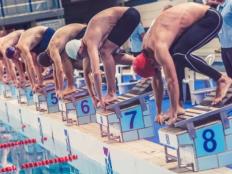
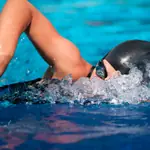


Discuss This Article